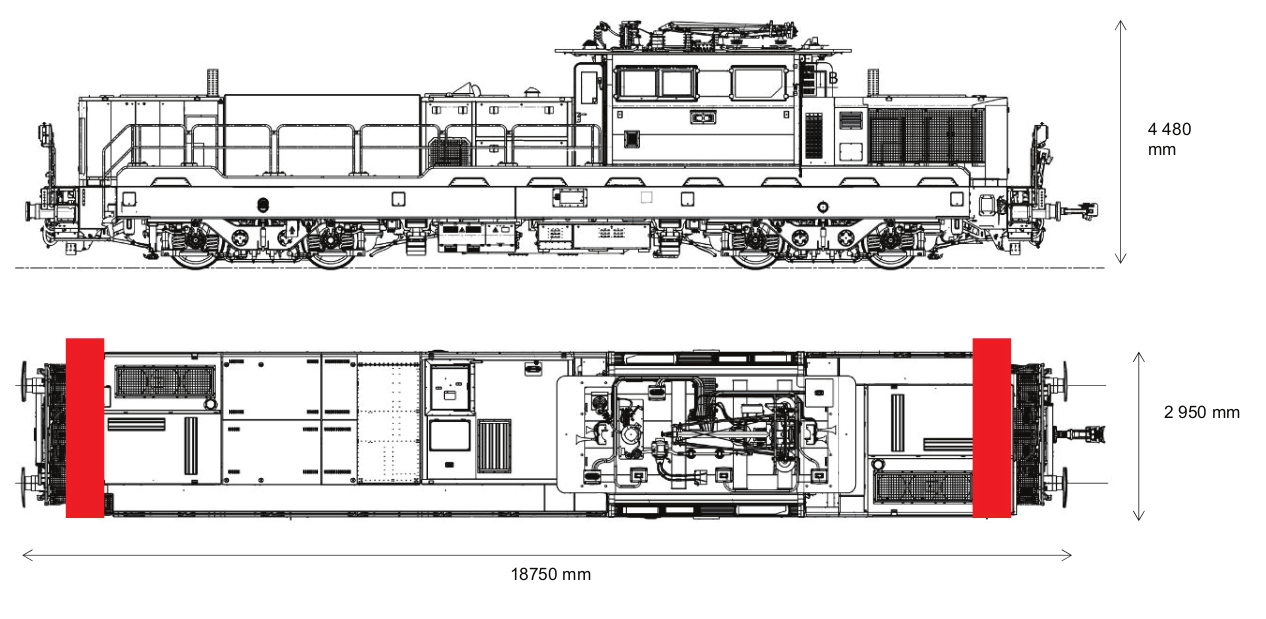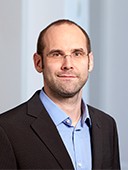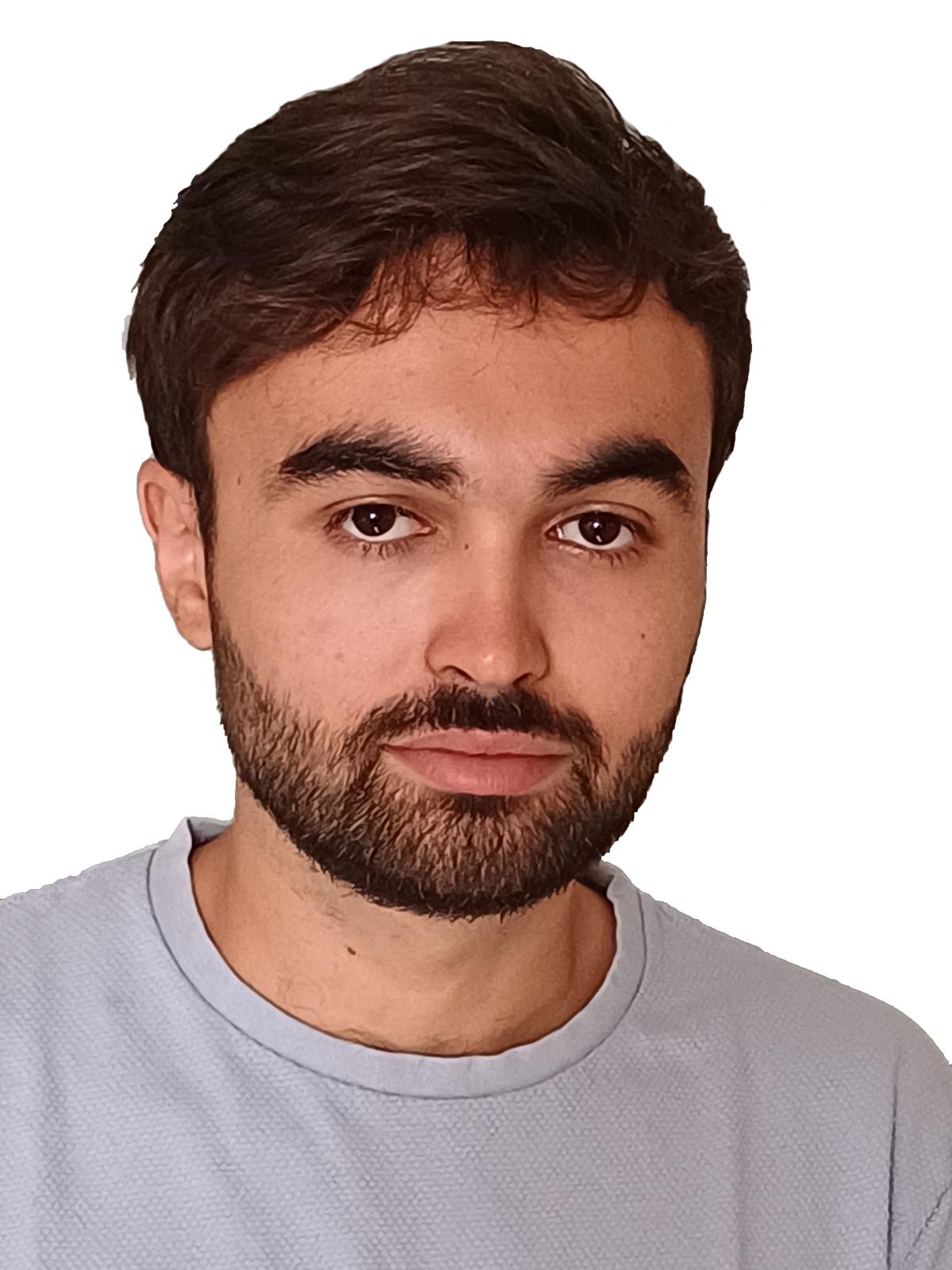Forward-looking automatic detection of de-energized overhead lines
Mobility Initiative Project

In railway grids with a high level of electrification for reducing CO2 emission, there are also always areas for shunting/loading without electrification. For operating locomotives in both areas, the pantograph connecting the locomotive to the overhead line must be operated properly at transition points between electrified and not-electrified areas to avoid costly damages of the pantograph/overhead line and the related outages of locomotives. Numerous damages occur every year due to a faulty operation by the locomotive driver, which causes yearly costs of several 100 kCHF. With increasing electrification of the railway grid and the related increase of transition points between the different areas the number of such cases increases in future.
To avoid damaging of the pantograph/overhead line an automatic detection system of transition points between electrified/not-electrified areas and energised/de-energised lines should be developed in the project. Such detection systems and based on it an automatic operation of the pantograph are mandatory for future automatic driving systems of locomotives, since a "manual detection" of transition points by the driver is not possible anymore.
The system for automatically detecting the beginning/end of an area with energised overhead line is based on the measurement of the E-field in front of the locomotive. As an energised overhead line generates a high E-field between the overhead line and the rail and a de-energised overhead line does not, detecting the end of the electrification is based on the measurement of a changing/decreasing E-field in front of the locomotive. Since the pantograph operation is relatively slow and the detection must happen while the locomotive is driving, the transition point must be detected some tens of meters in front of the locomotive. Therefore, the E-field changes, which must be detected, are relatively small, which makes a failsafe detection of a transition point challenging.
Professur Hochleistungselektronik
Physikstrasse 3
8092
Zürich
Switzerland

Professur Hochleistungselektronik
Physikstrasse 3
8092
Zürich
Switzerland

Partners
- SBB AG
- Siemens Mobility Ltd.
Roadmap
01.2023 - 12.2025 (36 months)